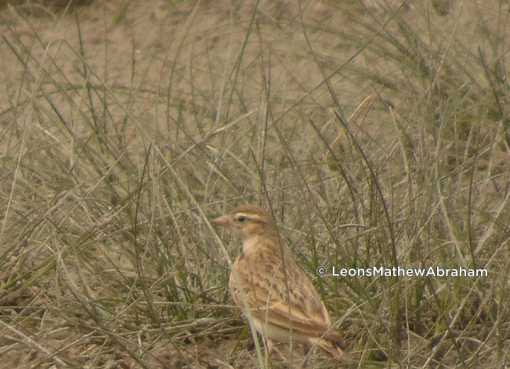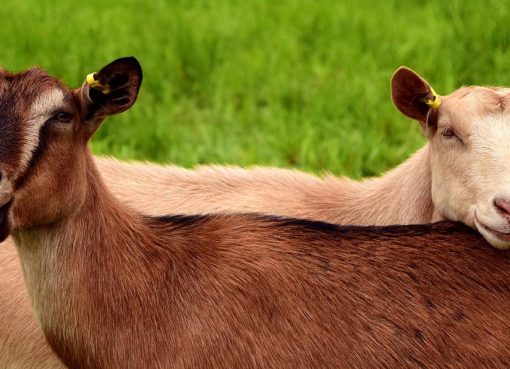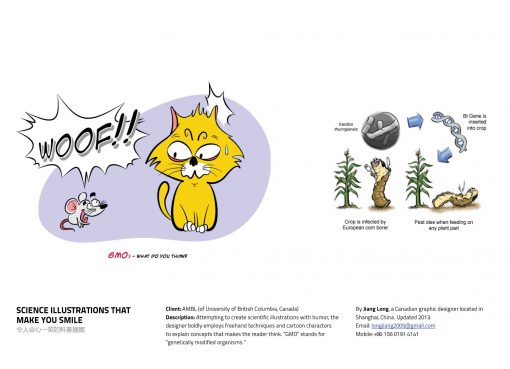Biswajyoti Borah and Probodh Borah
Department of Animal Biotechnology
College of Veterinary Science, Khanapara,
Guwahati- 781022, Assam, India
The animals, plants and organisms that grow without human intervention may be termed in common as the wildlife. Wildlife is an indispensable part of ecological balance and ecosystem services. Many a times, the wildlife resources are utilized for human and animal welfare, food, shelter and aesthetic reasons. In the present time, wildlife is also a source of income in many countries and has many biomedical applications. Because of human intervention, smuggling, intra- and inter-species conflict, environmental causes, diseases and other reasons, the population and habitat of wildlife are sinking. Many valuable wild species are extinct from the world and many are in the path of extinction.
Understanding the needs of wildlife, many measures are taken to conserve, preserve or restore/recreate the wildlife with the help of cutting-edge technologies. In this respect, biotechnological intervention is the significant contributor. Following are the areas where biotechnological tools and techniques are applied in wildlife.
- Wildlife genomic study:
Improvement in DNA-based technology and its combination with bioinformatics help researchers to understand the genomic insight. This combination makes valuable insight to identify the novel gene pools present in the wild species that have disease resistibility, improve fertility, adoptability to particular environment, and to identify the “center of origin” to different modern day domesticated livestock species. These genomic researches further help to improve monitoring of wildlife, its management, and restoration of endangered species.
- 2. Pathology, emerging disease discovery and early monitoring
Infectious disease burden is one of the prime causes of wildlife destruction and extinctions of many valuable species. Many emerging diseases of the present time are threat to wildlife and many diseases circulating in wild are communicable to other livestock and sometimes zoonotic in nature. Identification of origins of an emerging infectious agent, its type, evolution of patterns of disease emergence, early detection and response systems are the main criteria to manage and control the emerging and dreaded diseases. Here, the Next Generation Sequencing (NGS) techniques, Polymerase Chain Reaction (PCR)-based technologies with sequencing, point of care diagnostics play very important role. Because of these improved biotechnological tools and techniques, the disease burden is significantly reducing and management of diseases in wildlife is becoming more effective.
- Recovery and restoration of wildlife by reproductive technologies
New reproductive tools aiding recovery/restoration of many critically endangered and extinct wild species. Obtaining the biological samples (semen, cells and ova) from critically endangered and extinct species, in vitro production of viable embryos and transferring them to surrogate mothers for creation of the organism, the assisted reproductive technology (ART) such as laparoscopic ovum pick-up (LOPU) coupled with in vitro fertilization (IVF), intracytoplasmic sperm injection (ICSI), in vitro production of embryos including somatic cell nuclear transfer (SCNT) embryos, intergenic embryo transfer, and pregnancy diagnosis play important roles. Many success stories are there, where the ARTs come as rescuer of wild species, e.g., northern white rhinoceros, cheetah etc.
- 4. Wildlife conservation in the form of biobanking
Biobanks are the collection and storage of biological samples as backup for research and preserve genetic diversity. Different biological samples such as cell/cell line, tissue, ova, sperm etc. and genetic information are collected from species facing extinction and stored. These form the basic foundation for restoring and recovering endangered wildlife with the help of ART such as SCNT etc. These banks are also valuable to get insight into the genome structure of the species concerned. Nowadays, the biobanks are valuable tool in conservation of wildlife.
- Biotechnology in wildlife forensic
Wildlife are being poached and illegally traded globally; this is increasing very significantly in the recent years. As the crime against wildlife increases, it also affects the environmental stability and ecosystem services. The wildlife trades are being made either with the animal, or its body parts such as skin, scale, nail, teeth, horn etc. and its products. When law enforcement agencies encounter such illegal trade, they want species identification and evaluation of its relatedness. The DNA-based technologies play a very important role in precise identification of unknown species and evaluation of its relatedness among individuals and populations.
Wildlife is important for sustainable development of mankind and maintenance of ecological balance. For conservation, management, and substantial propagation of wildlife, and for stopping the illegally wildlife trade, biotechnology can play a very important role.




